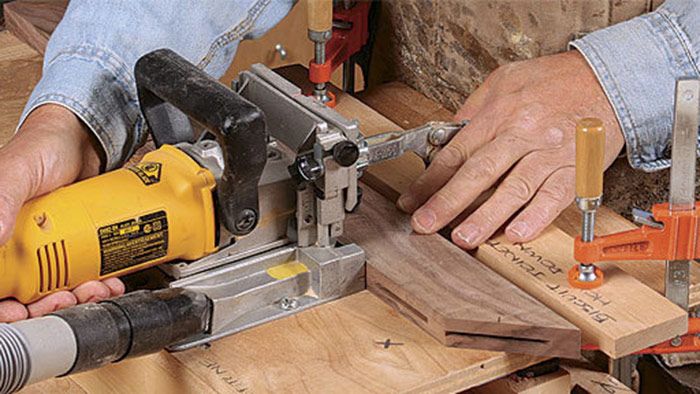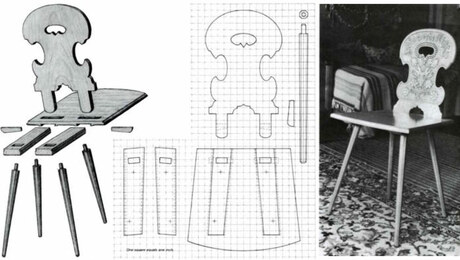
Truth be told, I kept Fine Woodworking at a distance for a few years after starting woodworking. The magazine was just too hifalutin, I assumed. But every time I searched for specific techniques, FWW was always the first hit. Ever petulant, I would ignore that result and look elsewhere. When I finally broke and subscribed online (and later to the print magazine), I could have slapped myself. So many articles over so many decades by so many authors on so many topics. I dove right in. And now that I work here, diving in is part of my job. It’s hard to not realize how much I missed in those early days.
It’s easy to get lost in a rabbit hole when digging around Fine Woodworking’s archives. From project articles to techniques to design tips to tool tests, I’ve barely begun scratching the surface. But every day, I take some time for myself and work my way down a little deeper. Yes, it’s on company time, but the research is work-related, so I get a pass, right? The magazine’s been around longer than I’ve been alive, so there’s plenty left for me to find—never mind actually use in my shop.
The more I uncover and employ, though, the more I’m finding what really helps me. What I dig the most, what really helps me hone my skills and projects together, is the advice and direction about how to work smartly. This isn’t about “getting the most out of shop time,” but rather articles and videos that help me think like a smart woodworker. This sounds weird, but these pieces of content point a little past themselves. They’re not just how-tos, but rather a peek into the brains of really intelligent, well-practiced woodworkers.
Trust me, this is the best part of Fine Woodworking. Part of my job is to travel to authors’ shops and take pictures of their building techniques—which is exactly what you see in any article or video on our site. But lying just underneath is a glimpse into their strategies, demonstrations of how they end up with stunning results. Sometimes it’s problem-solving, sometimes it’s workarounds, sometimes it’s a clever jig, and sometimes it’s just doing things in the most logical way. Regardless, these moments of direction are what have made me a smarter woodworker.
For example, from Tim Coleman I learned when you get more flexible with the design of your tenons, you can get more flexible with your furniture designs without sacrificing strength. Michael Fortune taught me just because a tool’s handheld doesn’t mean it needs to stay that way—especially if it compromises accuracy. Want to ward off mistakes? If so, Alan Turner said to put away my ruler and limit my reference surfaces. Instead, grab some spacers. Similarly, Garrett Hack knows measuring can be the bane of accuracy. So measure twice, cut once, aaaand use full-size templates always. And who can resist Steve Latta’s brain on full display in his joinery video? Not me.
Now if you’ll excuse me, I have to go do some research.
Barry Dima
 |
Strong Tenons in Skinny LegsGet sturdy joints without compromising your design Tim Coleman |
 |
Fine Furniture with Biscuit JointsFor much better results, anchor the tool, not the workpiece Michael Fortune |
 |
How to Speed Up Your Work with Spacer BlocksLittle blocks simplify all kinds of joinery Alan Turner |
 |
Use Patterns to Guide Your WorkFrom milling to jointery to shaping, these full-size templates are a roadmap to success Garrett Hack |
 |
Episode 2: JoineryIn keeping with tradition, this table relies on the bedrock construction techniques of fine furniture: mortise-and-tenon, and dovetail joinery. Steve Latta |





















Log in or create an account to post a comment.
Sign up Log in